Art of the Renaissance
On the evening of Friday, November 16, the School of Creativity and Art, in conjunction with Shangdao College, invited Professor Shouzhi Wang, Vice President of the School of Creative Arts, to present a series of lectures on classical painting appreciation (the first lecture) - "From the Renaissance". The response to this event was overwhelming and there were many registrations.
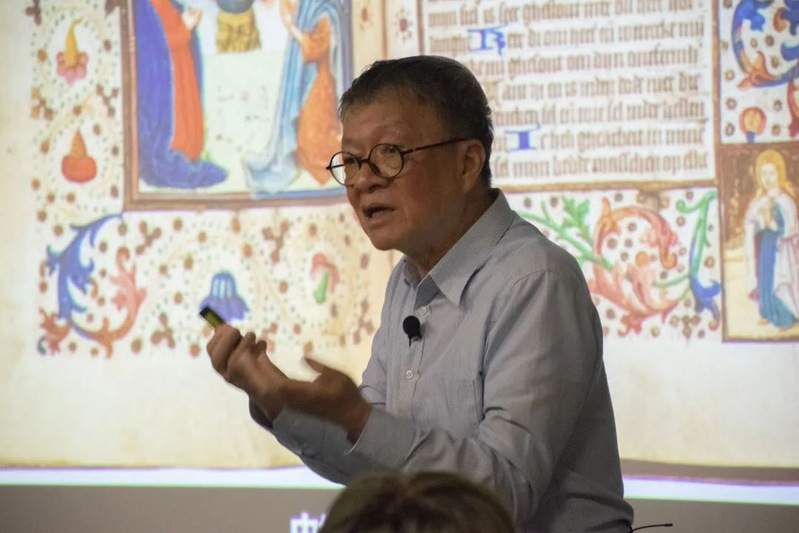
If Venus is the most beautiful woman, Michelangelo is the most beautiful man, but there is a thousand years between the two. If we want to talk about the Renaissance, we have to go back to the origins of the ancient Greece and Rome, which were extremely magnificent and gorgeous.
Countless cultural treasures were consumed in the wash of time, but fortunately we can still see some of them in the broken walls: the columns, the simple but high-profile colors, and the unique domes. Concrete was an important component of Roman architecture: it was strong and resistant to weathering, which is why we can see the Arc de Triomphe, which still stands today with its exquisite proportions. And when we talk about proportions, we have to mention the beautiful Roman body. Rome reached a high level of ornamentation in terms of structure, civil architecture, and other aspects, but in the end it could not escape the fate of falling.
Time came to the Middle Ages. Due to the fervent religious zeal and the spirit of expansion, wars were waged constantly; due to the outbreak of diseases such as the Black Death and the bubonic plague, plagues were rampant and the population declined drastically. Medieval painting and sculpture were mostly of mediocre standard, but there were some innovations, such as the rose window.

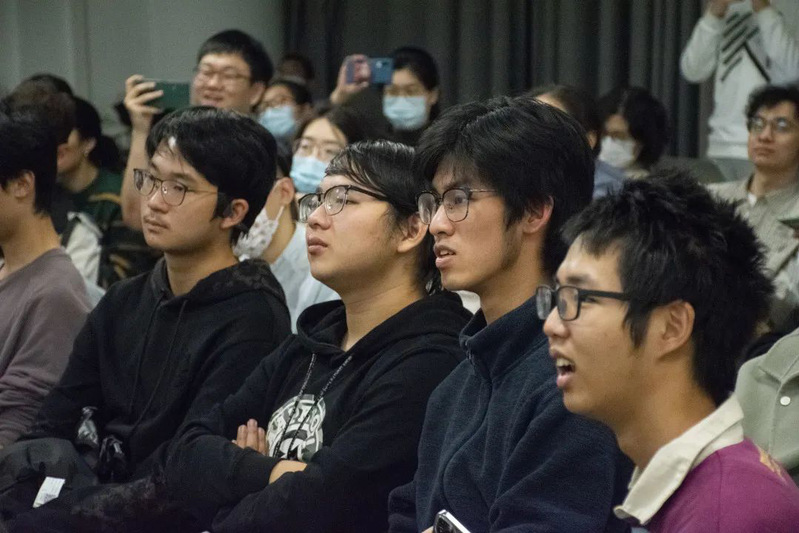
Italy in the 15th century was the most urbanized region in Europe. Many Italian cities were built on the ruins of ancient Roman buildings; on the surface, this ties together the classical nature of the Renaissance and the fact that it originated in the heart of the Roman Empire. The Renaissance was a great time to excavate in search of the splendor of more than 700 years ago and breathe life back into it. Advances in the natural sciences made printing possible, and people were able to build more libraries and universities. Many famous works of literature, philosophy, science, etc. were translated into many languages at that time, spreading more and more, and the ideas contained therein. To this day, Italy still has a large number of historic buildings that have not been torn down. Walking through them blurs reality and history, as if returning to that prosperous era.
At the end, President Wang waved the paper and explained the painting process on the spot, which made the audience gain a lot.
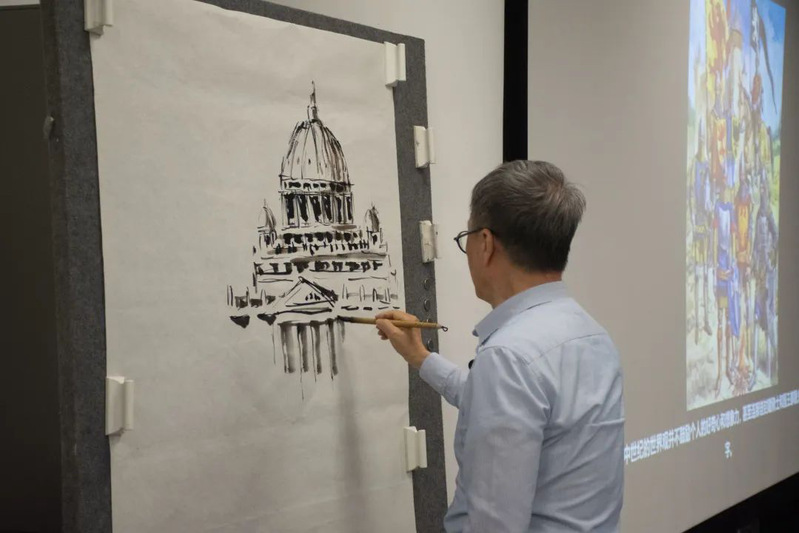
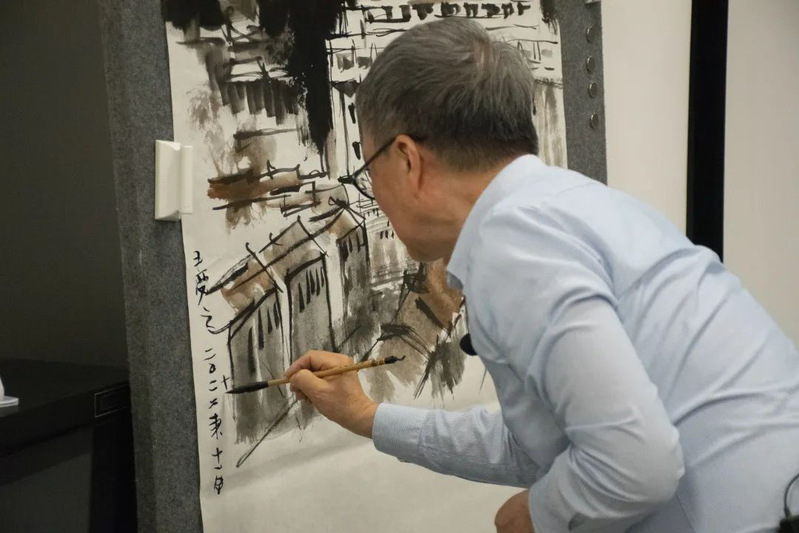
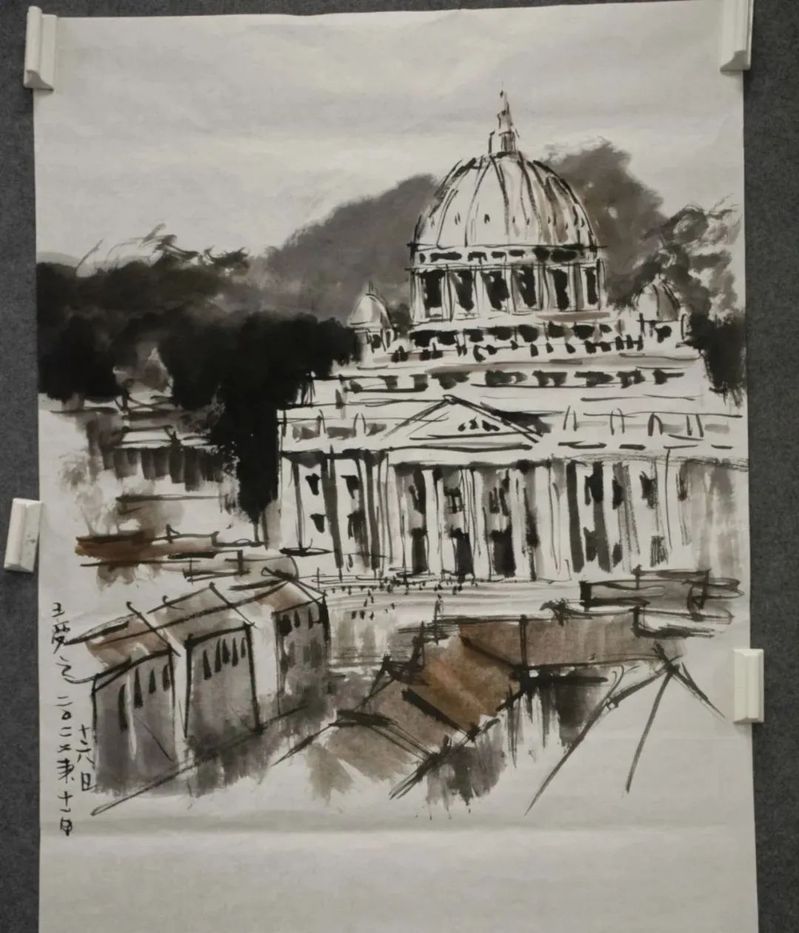
Art is not only a feast for the senses, but also a symbol of the collision of ideas and a mirror of the twists and turns of history. In the vastness of time and space, people are like mayflies, born in the morning and ending in the evening, but art embeds tiny individuals into the coherent and magnificent scroll of civilization, allowing us to stop drifting and find our own coordinates.


